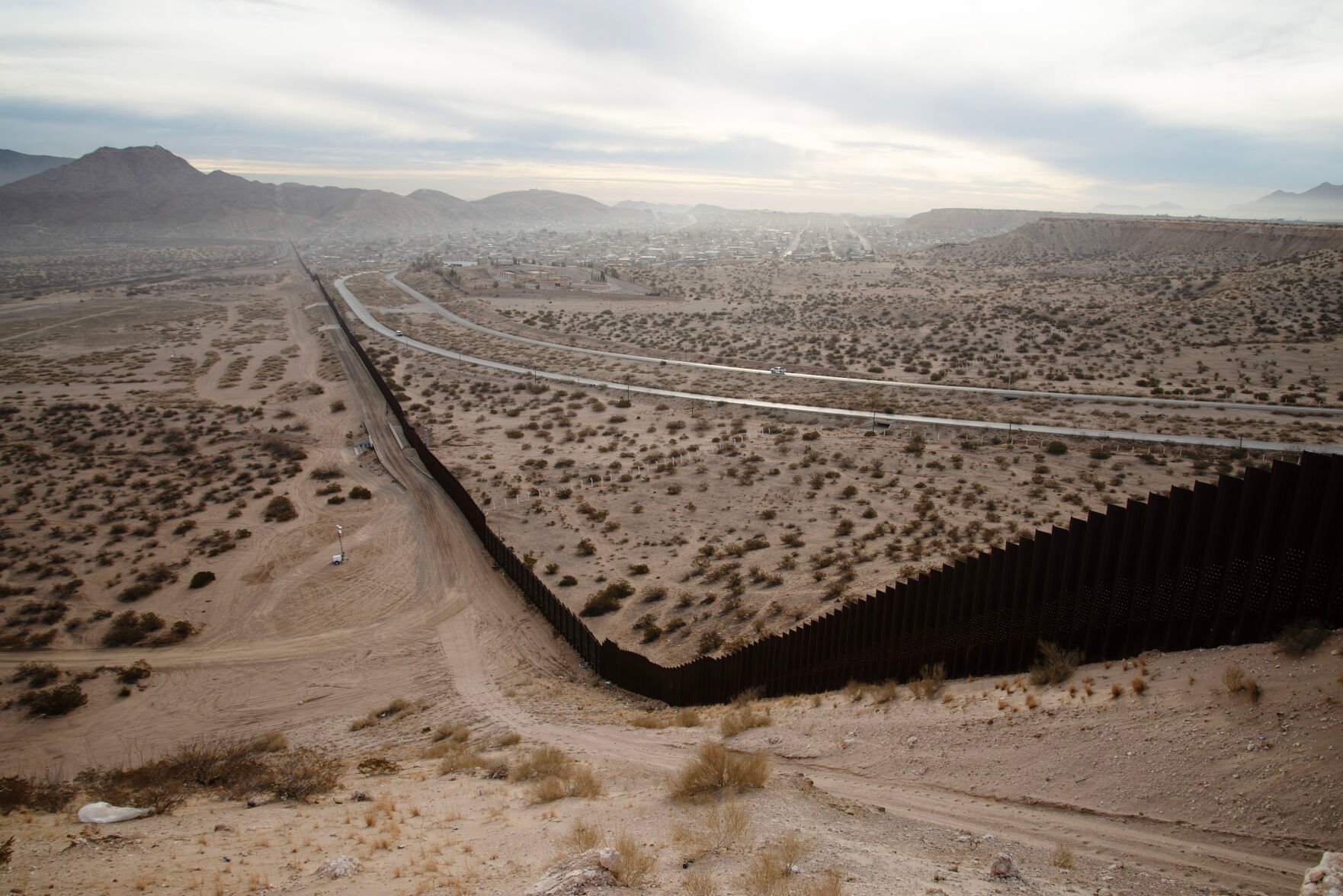Supreme Court allows Texas to implement major immigration law

The U.S. Supreme Court has allowed Texas to implement a law that allows state police to arrest immigrants on state – not federal – charges if they illegally entered the United States from Mexico.
The high court’s 6-3 decision comes just one day after the high court ruled to continue a temporary hold that was initially issued on March 4. Justice Samuel Alito, who covers matters stemming from the U.S. Court of Appeals for the 5th Circuit, led the order.
The legal fight will return to a three-judge panel on the 5th Circuit on April 3, which is hearing Texas’ appeal on the merits. The losing party could then appeal the case back to the Supreme Court after that panel reaches a decision.
The order’s effect on interior cities, such as Denver, that have also borne the brunt of America’s illegal immigration crisis is not immediately clear. Texas Gov. Greg Abbott has been transporting immigrants who illegally crossed the southern border to “sanctuary” cities in Democratic strongholds across the country – notably to Denver, Chicago and New York.
Generally speaking, a sanctuary city is a designation given to municipalities and counties that establish policies to discourage local law enforcement from reporting an individual’s immigration status to federal authorities. Denver has openly embraced that designation, while surrounding communities have avoided that label.
In theory, the number of illegal immigrants arriving in Denver – the overwhelming majority crossed into Texas from Mexico – could go down if Texas arrests and sends them to Mexico, based on its new law, which makes illegally crossing the border a misdemeanor or a felony for repeat offenders.
In the Supreme Court’s order, Justices Amy Coney Barrett and Brett Kavanaugh issued a concurrence in denial of applications to vacate the lower court’s stay, explaining that the 5th Circuit’s prior decisions “puts this case in a very unusual procedural posture.”
The appeals court “has not entered a stay pending appeal. Instead, in an exercise of its docket-management authority, it issued a temporary administrative stay and deferred the stay motion to a merits panel, which is considering it in conjunction with Texas’s challenge to the District Court’s injunction of S. B. 4. Thus, the Fifth Circuit has not yet rendered a decision on whether a stay pending appeal is warranted,” they wrote.
Senate Bill 4 was signed into law in December 2023 and allows state police to arrest people on immigration charges, an authority that until now was reserved for federal law enforcement because immigration violations are dictated by federal law, not state law.
It also allows local judges to order someone in custody to be deported outside the U.S.
Justice Sonia Sotomayor penned a dissent that said the majority’s decision to “green light” the law will “upend the longstanding federal-state balance of power and sow chaos, when the only court to consider the law concluded that it is likely unconstitutional.”
Denver has “welcomed” nearly 40,000 immigrants over the past 15 months. Officials decided early in the crisis that the city would assume the responsibility to temporarily house, feed and transport immigrants to their desired destinations.
That decision has cost $59 million and counting.
Despite state and federal grants, Denver taxpayers have assumed the bulk of these costs.
At the height of the latest wave of new arrivals in January, when Denver was sheltering nearly 5,000 immigrants, Johnston initially projected the costs this year could reach up to $180 million and directed city departments to make cuts of up to 15%. The city has since decided to shut down shelters used to temporarily house immigrants, which means Denver is projected to spend $120 million instead of $180 million.
Last month, Johnston announced $5 million in service cuts to the Department of Motor Vehicles and Department of Parks & Recreation, with more belt tightening expected.
While Denver has not – historically – been a gateway city for immigrants like Chicago and New York City, Colorado’s most populous city has experienced an unprecedented wave of immigrants who illegally crossed at the southern U.S. border.
Lawmakers in these cities, including Denver, have been confronted with the challenge of caring for immigrants and figuring out to pay for costs, even as they grapple with their own domestic crises, notably homelessness and an acute housing shortage.
State and city officials had estimated that seven in 10 immigrants did not intend to stay, but tickets for onward travel suggest that only about half have left Denver for other locations.
Earlier speculation assumed that immigrants were drawn to Denver because of its transportation hub and status as a “sanctuary city.”
Officials in El Paso, Texas, however, point to – although well intended, they said – Denver’s promise of free shelter and onward travel.
“There’s a pull factor created by this, and the policies in Denver for paying for onward destinations,” Irene Gutiérrez, executive director of El Paso County Community Services in west Texas, has said.
Denver Gazette reporter Nico Brambila and the Associated Press contributed to this article.

tom.hellauer@denvergazette.com













